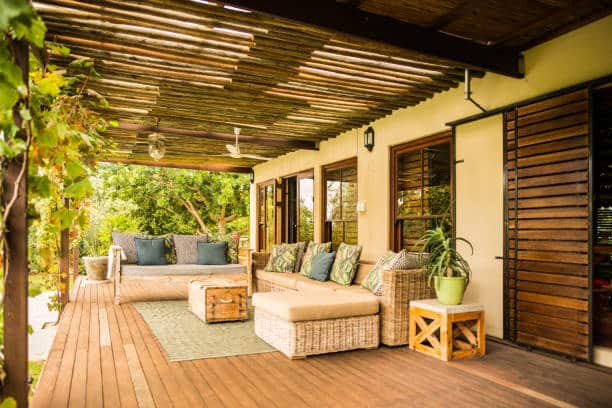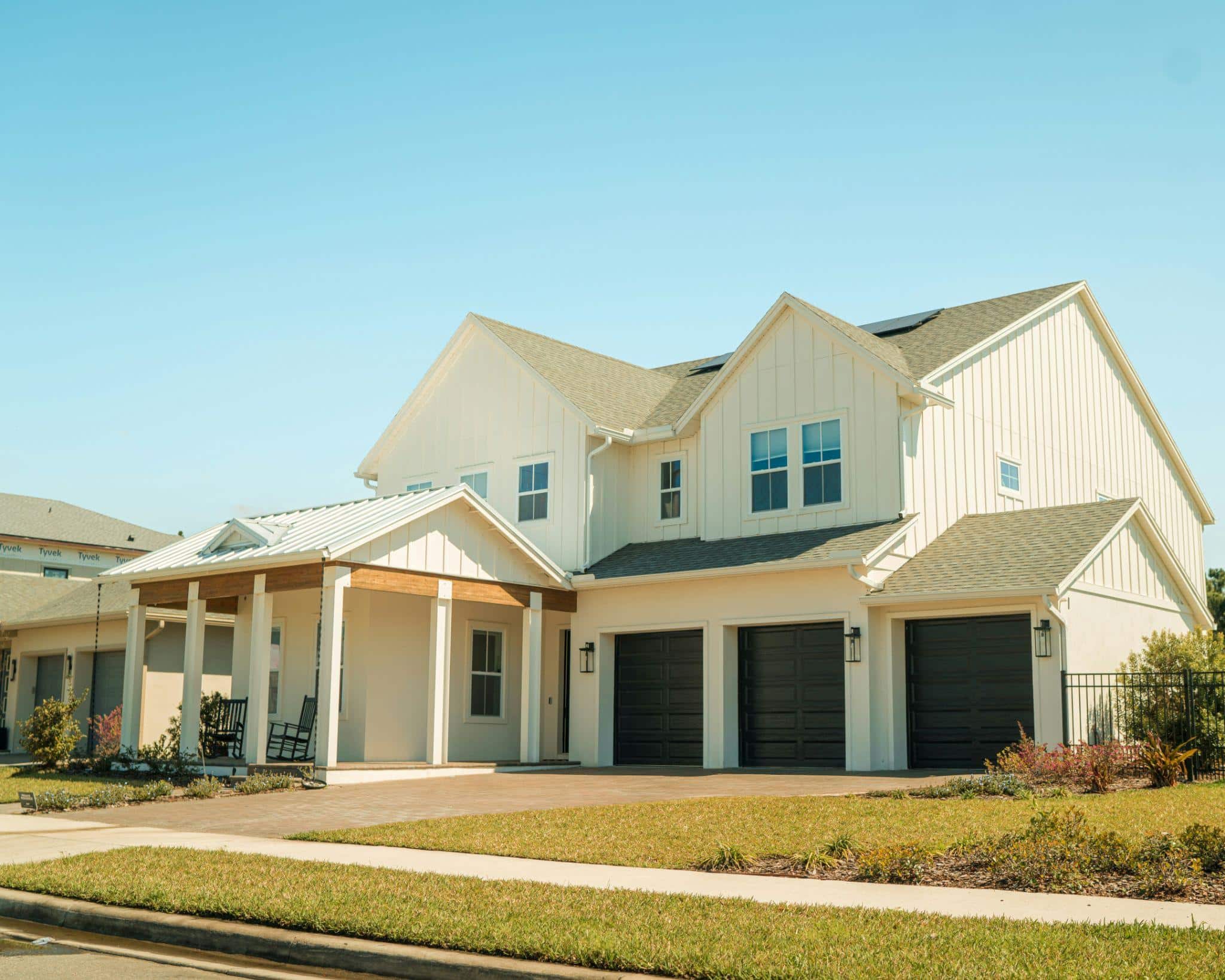Outdoor spaces are more than backyards or patios—they’re extensions of our living environments, offering sanctuary, entertainment, and connection to nature. While colors, textures, and plant selections often steal the spotlight in landscape design, the underlying framework that truly defines an exceptional outdoor space comes down to two essential elements: shape and scale. Together, they influence everything from the visual harmony of a garden to how a space feels and functions.
Understanding how shape and scale work in tandem allows designers and homeowners alike to create landscapes that not only look balanced but feel intuitively right.
Understanding Shape and Scale in Landscape Design
Shape in landscape design refers to the outline or form of elements like paths, patios, and planting beds. These shapes can be geometric—such as squares and circles—for a formal, structured look, or organic and flowing for a more relaxed, natural feel. Lines play a key role in shaping these forms: straight lines convey order and direction, while curves introduce softness and movement.
Scale is about proportion—how elements relate to one another, the surrounding architecture, and the human body. Human scale ensures comfort and usability, architectural scale connects outdoor features with the home, and plant scale considers how greenery fits and evolves within the space. Balanced scale creates visual harmony, while mismatched proportions can disrupt the flow and feel of a landscape.
The Power of Shape in Structuring Outdoor Areas
Shapes aren’t just decorative—they influence how people move through and interact with a space. A narrow, rectangular path might lead the eye and feet directly to a focal point, while a meandering path made from irregular stepping stones invites a slower, more exploratory pace.
Defined shapes in hardscaping, such as square patios or rounded fire pits, can subtly guide how people use and move through the space. The clearer the structure, the more intuitive the navigation.
Creating Zones and Visual Anchors
Outdoor areas serve multiple purposes: dining, relaxing, gardening, or entertaining. Shape plays a key role in visually separating these functions. For example, a circular seating area naturally creates an intimate gathering zone, while a long rectangular bed can signal a more formal planting area or walkway border.
Elements like the Lima Square Tapered Planter can serve as visual anchors. Their strong geometric shape draws attention and helps frame corners or define the edge of a zone without the need for walls or fences.
Reinforcing Design Themes
Shape is also a key tool in expressing design intent. A modern landscape might feature bold rectangles and sleek, linear elements, while a Mediterranean garden leans into soft curves and rustic stonework. Repeating shapes across furniture, planters, paving, and beds reinforces a cohesive aesthetic and makes the design feel unified.
Mastering Scale for Harmony and Impact
Scale creates contrast and hierarchy, giving the eye focal points and resting spots. Without variation in scale, a space can feel monotonous. However, introducing large-scale features—like tall grasses, oversized pots, or pergolas—without balancing them with smaller elements can feel jarring.
To achieve harmony, it’s important to consider how each element relates to the others. A large tree needs an equally grounded base, such as a stone bench or substantial planter. Likewise, smaller shrubs or seating areas can be made more significant when grouped or framed by larger forms.
Proportions Between Built and Natural Elements
Outdoor spaces often transition between architecture and nature. Scale helps bridge this gap. A large home with a high roofline looks more grounded when surrounded by trees or vertical planters that echo its height. Conversely, a small cottage-style house benefits from low, horizontal beds that don’t overpower its cozy scale.
Planters, especially those with clean lines, can be used to step down the height between structures and the ground, softening the transition and supporting visual flow.
Using Vertical Scale to Add Drama
Not all scale is horizontal. Vertical elements—trees, tall shrubs, trellises, pergolas, and upright planters—add depth and visual intrigue. They draw the eye upward, making even a small space feel more dynamic and layered.
Strategically placed vertical accents can also create shade, privacy, and focal points. In narrow gardens or urban courtyards, using vertical scale is a smart way to maximize space without crowding the footprint.
Design Techniques: Combining Shape and Scale Effectively
Layering elements of different heights, shapes, and textures—whether plants, planters, or hardscape—adds depth and movement to a landscape. Thoughtful combinations, like tapering pots beside low benches or tall grasses, create visual interest and smooth transitions between zones.
Repetition of shapes at varying scales builds rhythm and unity. For instance, using square pavers or tapered planters in graduated sizes draws the eye and gives the space a cohesive feel, even with diverse materials.
Focal points like sculptures or fire pits become more impactful when framed and supported by complementary shapes and scales. Strategic placement of matching planters or hedges ensures these features stand out without overpowering the overall design.
Conclusion
Shape and scale are more than abstract design principles—they’re tools that, when used well, bring order, emotion, and style to outdoor environments. Whether you’re working with a balcony or a sprawling garden, understanding how to manipulate these elements can elevate your landscape from ordinary to exceptional.
By choosing the right shapes to define areas and matching scale to both function and context, you can transform any outdoor space into a cohesive, welcoming extension of your home. Explore high-impact design elements to bring your outdoor vision to life, where every corner, curve, and contour feels exactly as it should.








